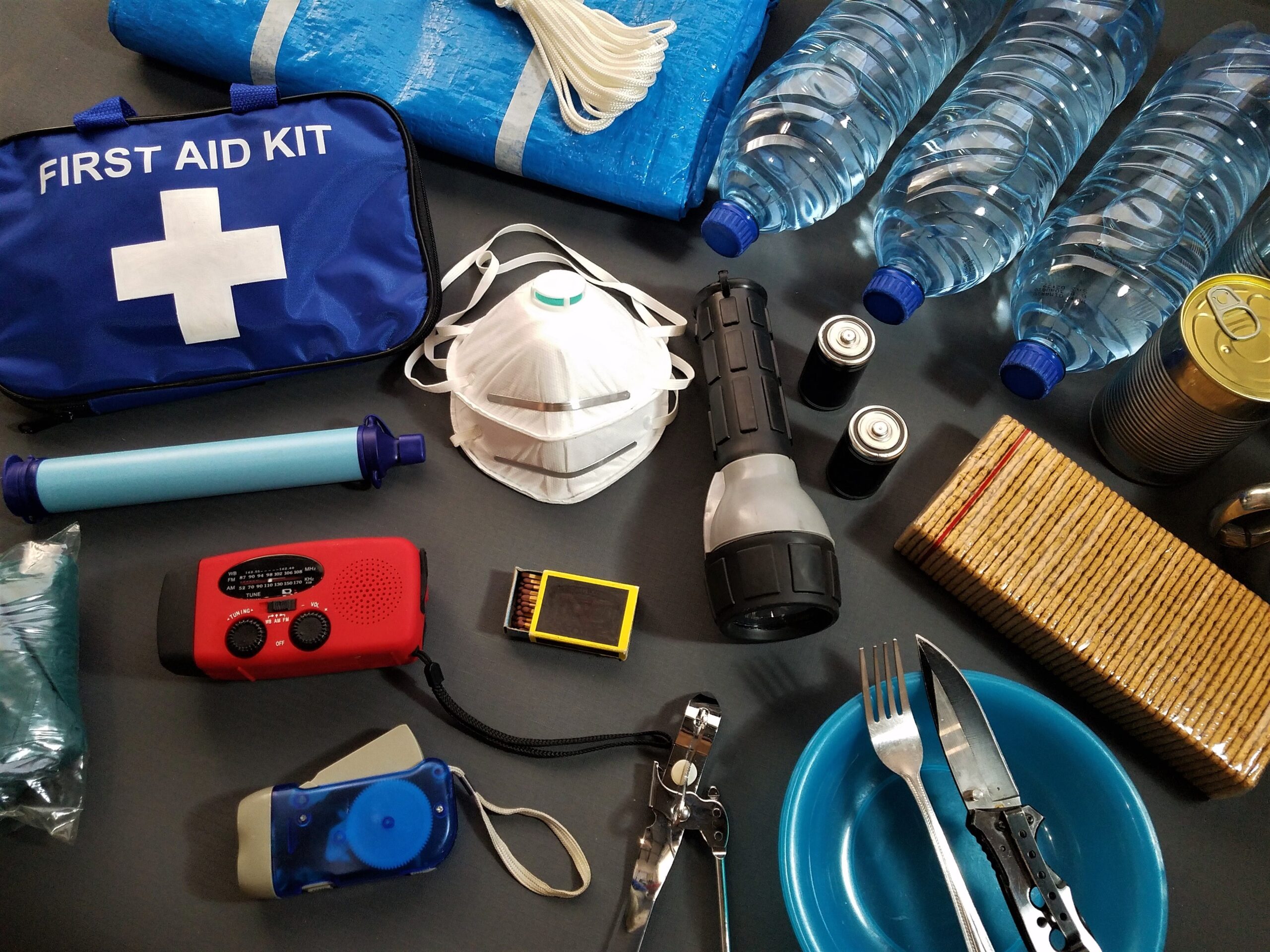 A power outage can happen unexpectedly and leave you without electricity for hours or even days. It is essential to be prepared for such situations to ensure the safety and comfort of your home and family. Here are some steps you can take to prepare your home for a power outage:
A power outage can happen unexpectedly and leave you without electricity for hours or even days. It is essential to be prepared for such situations to ensure the safety and comfort of your home and family. Here are some steps you can take to prepare your home for a power outage:
- Create an Emergency Kit: Put together an emergency kit that includes essential items such as flashlights, batteries, a battery-powered radio, a first aid kit, non-perishable food, bottled water, and a manual can opener. Keep this kit in a designated place that is easily accessible to everyone in your household.

- Install a Backup Power Source: Consider investing in a backup power source, such as a generator or a battery backup system. These devices can provide temporary power to essential appliances and systems in your home, such as refrigerators, lights, and medical equipment. Make sure to follow the manufacturer’s instructions for installation and maintenance.
- Stock Up on Supplies: Before a power outage occurs, stock up on supplies that can help you during the outage. This includes extra batteries, candles, matches, and fuel for your generator (if applicable). It is also a good idea to have a supply of non-perishable food and water that can last for at least three days.
- Secure Your Home: Ensure that your home is secure before a power outage. Trim any tree branches that are close to power lines to prevent them from falling and causing damage. Secure loose items in your yard, such as patio furniture or garden tools, to prevent them from becoming projectiles during strong winds.
- Unplug Electronics: Before the power goes out, unplug all non-essential electronics to protect them from power surges when the electricity is restored. This includes computers, televisions, and other sensitive devices. Leave one light switch on to indicate when the power is restored.
- Keep Refrigerator and Freezer Doors Closed: During a power outage, try to keep the doors of your refrigerator and freezer closed as much as possible. This will help to maintain the temperature inside and keep your food from spoiling. If the outage is expected to last for an extended period, consider transferring perishable items to a cooler with ice.
- Stay Informed: Stay informed about the outage by listening to a battery-powered radio or using your mobile phone to access news updates. Follow the instructions provided by local authorities and utility companies. They will provide information on the estimated duration of the outage and any safety precautions you should take.
- Stay Warm or Cool: Depending on the season, a power outage can affect the temperature inside your home. If it is cold outside, use blankets, layers of clothing, and portable heaters (following safety guidelines) to stay warm. If it is hot outside, open windows and use fans to circulate air. Avoid using gas-powered generators or charcoal grills indoors, as they can produce carbon monoxide, which is a deadly gas.

- Preserve Water: During a power outage, water supply may be affected if you rely on a well pump or if the municipal water system is disrupted. Fill bathtubs and containers with water for drinking, cooking, and sanitation purposes. Use water sparingly and consider using hand sanitizer instead of water for hygiene.
- Check on Neighbors: During a power outage, check on your neighbors, especially those who may be more vulnerable, such as the elderly or individuals with medical conditions. Offer assistance if needed and share resources if possible.
Preparing your home for a power outage can help you and your family stay safe and comfortable during these challenging times. By following these steps and being proactive, you can minimize the impact of a power outage and ensure that you are well-prepared for any unexpected events.






